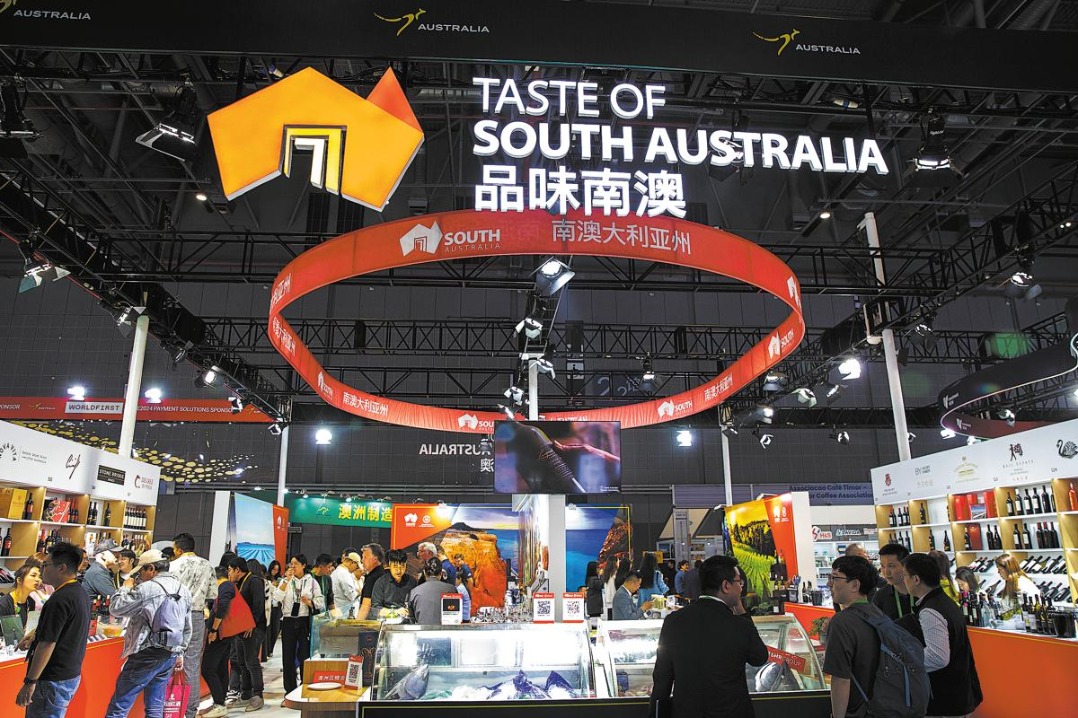A maverick among peers

A retrospective of Hoo Mojong's works at the Asia Society Hong Kong Center celebrates an outstanding though often-overlooked talent among fellow contemporary Chinese female artists. Rob Garratt reports.

'We'd never heard of her, but this is just wonderful!" exclaims an antipodean tourist, wandering wide-eyed through the Objects of Play: Hoo Mojong Centennial Retrospective exhibition at the Chantal Miller Gallery of the Asia Society Hong Kong Center (ASHK). "Honestly, why don't more people know about this artist?" his wife implores curator Valerie Wang, having successfully interrupted my private tour.
I have some sympathy with my interlopers. Strolling between the bright, bold, but quietly emotive canvases, I had the same question on my mind. Several art experts I approached admitted that they were not being familiar with Hoo's work. Even art adviser Elaine Kwok, a key cultural voice in Hong Kong, says that she "discovered" Hoo only recently, through the exhibition.
Yet Hoo (1924-2012) has been hailed as one of China's most important female artists, a leading figure of global multimodernism who challenged the Eurocentric narrative pervading the art world in the 20th century. In Paris, she was awarded an exclusive work space neighboring Swiss sculptor Alberto Giacometti's (1901-66) famous former studio. After returning to China in 1996, she was celebrated with four major retrospectives in Shanghai. Yet Hoo has never been the subject of an exhibition in Hong Kong, until ASHK, with support from the Bao Foundation, decided to feature her as the fifth artist of its Contemporary Chinese Female Artist Series. But her work remains far less known than that of her series predecessors, Pan Yu-lin (1895-1977) and Lalan (1921-95).





































